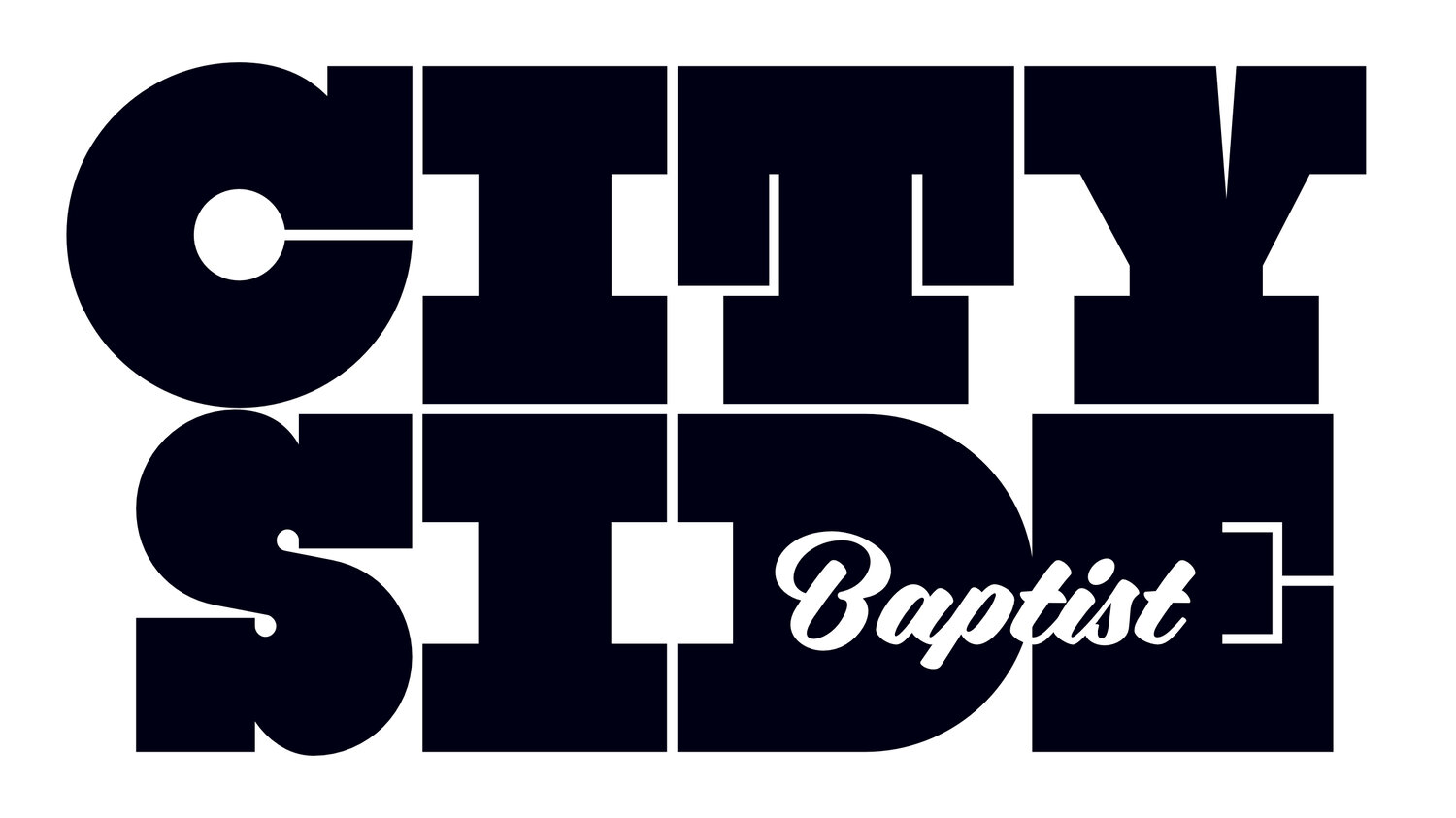Living Waters
A thirst-quenching drink on a hot day, a nice cuppa on a cold one- where would we be without water? When you turn on the tap in the kitchen or bathroom at Cityside, have you ever wondered where the water comes from? Or how people hydrated themselves in this place before Watercare? In delving into the ecological story of Cityside, it quickly becomes apparent that water has played a leading role in the flourishing of life in this area, both human and non-human.
The Tupuna Maunga Authority website explains that “Maungawhau was an enormous Māori pā - a citadel built for thousands of inhabitants”, and a population that big would have needed a clean and reliable supply of drinking water nearby to sustain themselves and their crops. A small entry I discovered in the ‘Maungawhau Heritage Walks’ brochure shows an ancient spring on a site near the rail overbridge on Mt Eden Rd (not far from Cityside). The spring was named Ipu Pakore (the broken gourds) by local Māori, after two women were ambushed on their return from fetching water, during the raids of the famed warrior Kawharu. The brochure describes the spring as supplying Maungawhau pā with water.
And this was evidently not the only spring in the area. A book on the European history of Newmarket makes mention of springs on the corner of Khyber Pass and Mountain Rd, which became the site of Seccombes Brewery (and later Lion Breweries). The springs were apparently so abundant that in the 1870s they were used to supply water to Auckland City during a drought. The book explains that “from an early stage, Newmarket’s residents and passers-by took advantage of the plentiful supply of pure spring water from the volcanic sub-strata” and a well and pump were erected nearby.
With the steady increase of the European population in the area from the 1870s, a reservoir was placed on top of Maungawhau to increase Auckland’s water supply. By 1877 Auckland City Council had bought Western Springs, which provided the city’s water supply via reservoirs at Ponsonby, Mt Eden and Khyber Pass Rd (the large concrete building just up Burleigh St from Cityside). Since 1886, water for this area has been supplied by the Waitakere Ranges reservoir and, more recently, from the Hunua Ranges.
So, while we’re not as connected with the source of our drinking water as those early inhabitants of this area, it’s still important for us to consider how life has been, and is being supported in this place. In many cultures and spiritual traditions (our own included), springs are sacred places, a source of life, places of renewal, places where the veil between the physical and the spiritual worlds is ‘thin’. What does it mean for us as a community to be located near springs? Springs which are hidden or buried, lost and forgotten? Does it change the way we think of ourselves, or our purpose in this place? Some things to mull over as we sip our herbal teas on a Sunday morning….
